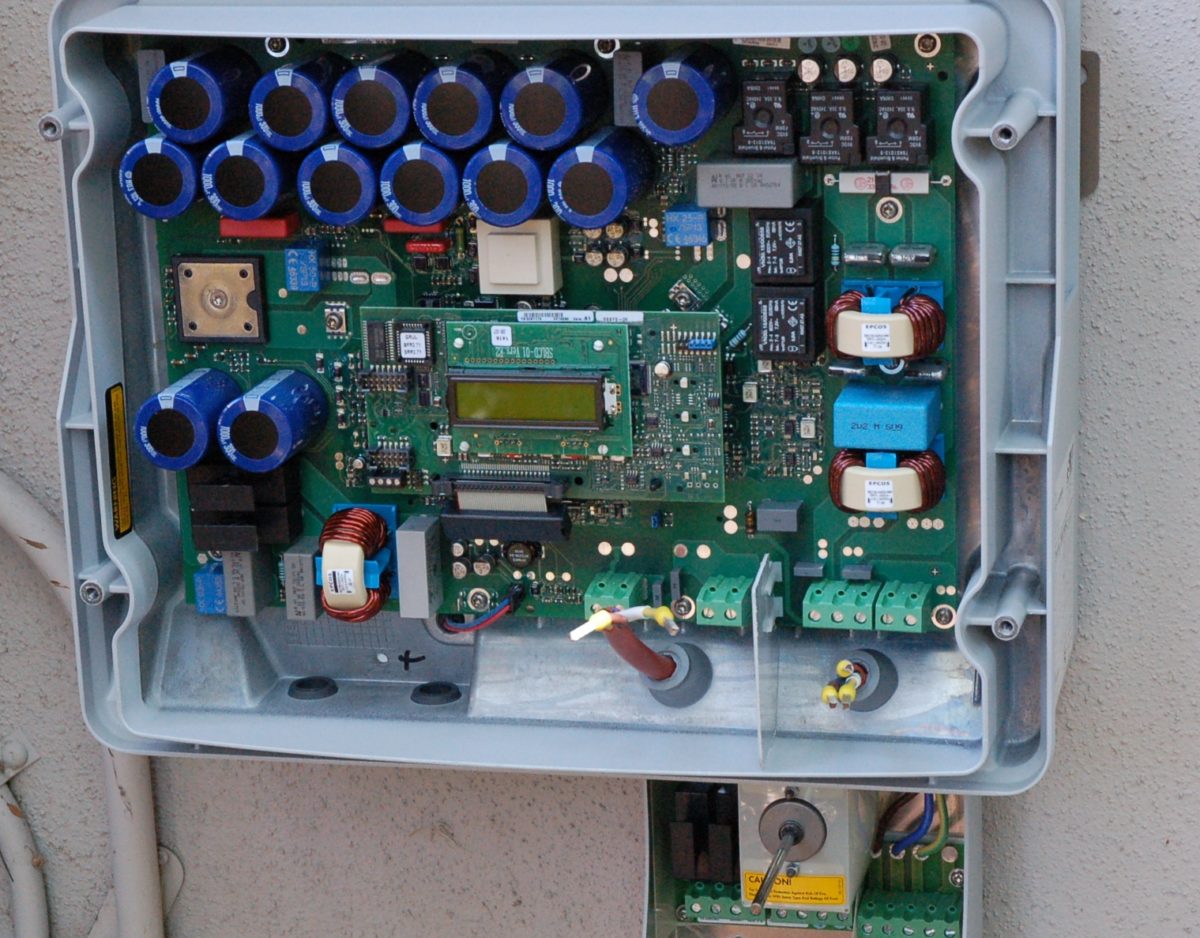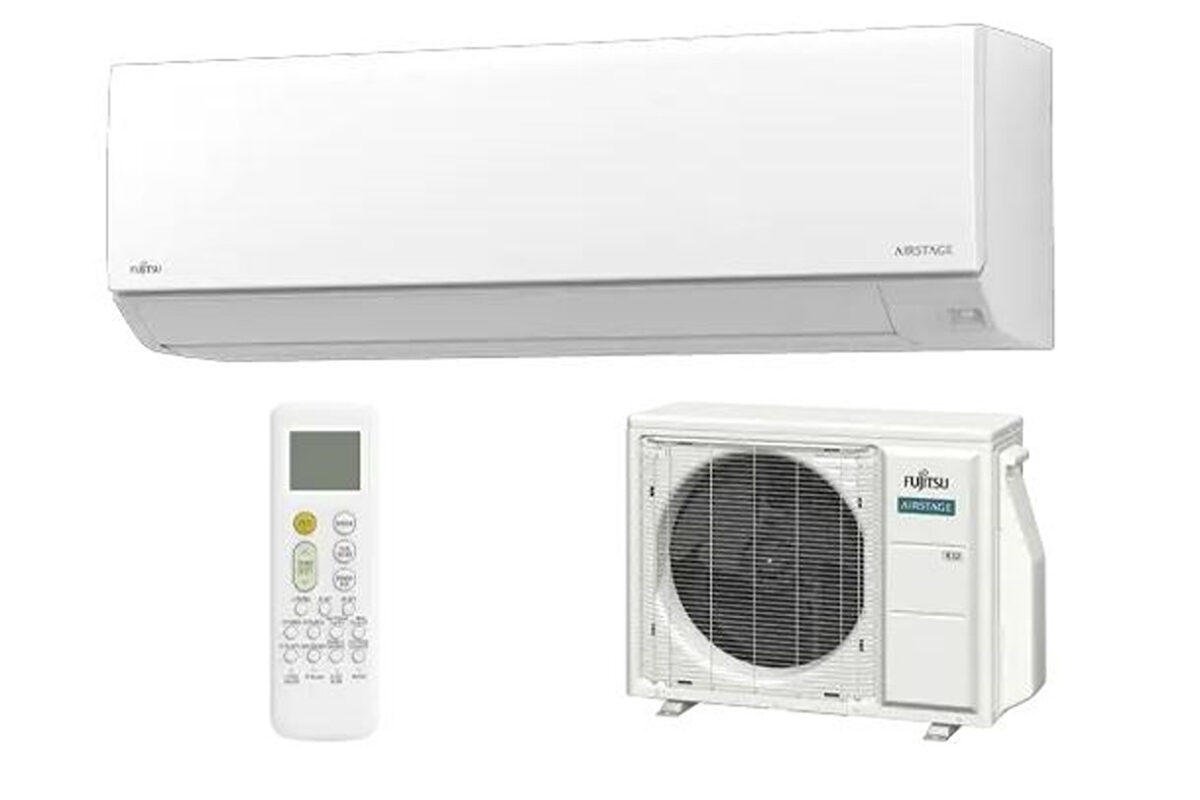An international research group has conducted a comprehensive analysis of all failure modes and vulnerable component faults in grid-connected solar inverters that offers a broad view of all available detection and localization techniques.
The overview provides, in particular, a classification of various component failure modes and their potential causes in a tabular form and describes different approaches for data preparation and feature mining. It also categorizes all fault detection and localization (FDL) techniques in a tabular manner.
The review includes a list of all wear-out failures such as bond-wire heel cracks, solder fatigue, die-attach degradation and delamination, aluminum reconstruction, substrate cracks, corrosion, electrochemical migration, ionic contamination, and time-dependent dielectric breakdown. It also categorizes catastrophic failures such as latch-up, bond-wire melting, avalanche breakdown, electrostatic discharge, and secondary breakdown.
Furthermore, the work analyzes the impact of these failures on the performance of solar modules and the inverter themselves, as well as a description of both model-based and model-free FDL approaches and other FDL techniques. Model-free methods coupled with artificial intelligence (AI) were found to be the most efficient in terms of quantifying the performance parameters. “In addition, AI based techniques provide superior detection and localization abilities as compared to model-based techniques,” the academics explained. “However, a bottleneck in the direction of AI is that there are very few real-time implementations of AI based techniques.”
Their work was presented in the paper Overview of Fault Detection Approaches for Grid Connected Photovoltaic Inverters, which was recently published in e-Prime – Advances in Electrical Engineering, Electronics and Energy. The research group includes scientists from the Jamia Millia Islamia University in India, the Brno University of Technology in Czechia, and the Aalborg University in Denmark. “The future work is further motivated to include the inductance estimation in current emulators as a part of new fault detection approaches and improve the efficiency under high power operation,” they concluded.
This content is protected by copyright and may not be reused. If you want to cooperate with us and would like to reuse some of our content, please contact: editors@pv-magazine.com.




Thanks so much for this great idea. In most of Africans countries especially, Nigeria where I am, there are many solar inverter products that are not durable and this is really damaging the image of this profession because, most people that fell victim believe it doesn’t work. 98% of the products are not producing in Africa, they are imported. The issue of failed batteries has swept many away from the business and so on. Is there a way you can talk about regulation of product in the business. Also talk about foreign bodies organizing training on how to repair damage inverter systems in African countries. Thank you.
I want learn
I wanna learn troubleshooting inverters
Best news
Best information
Good initiative to solar inverter fault detection techniques .Thanks for sharing.
Thank you for sharing these fault detection techniques for solar inverters.